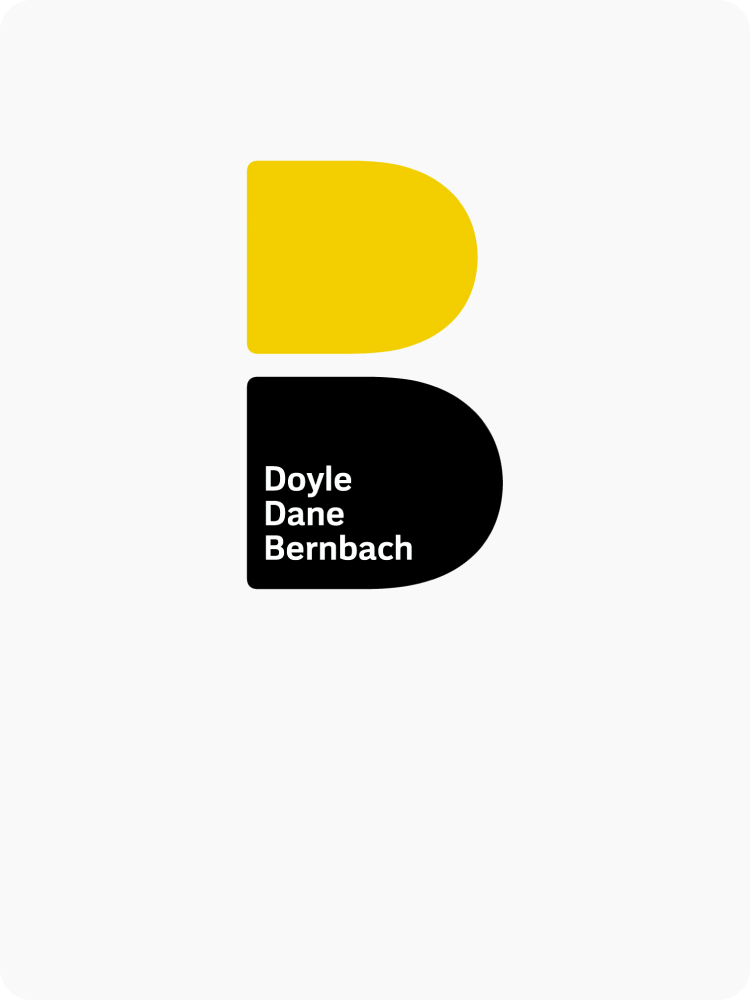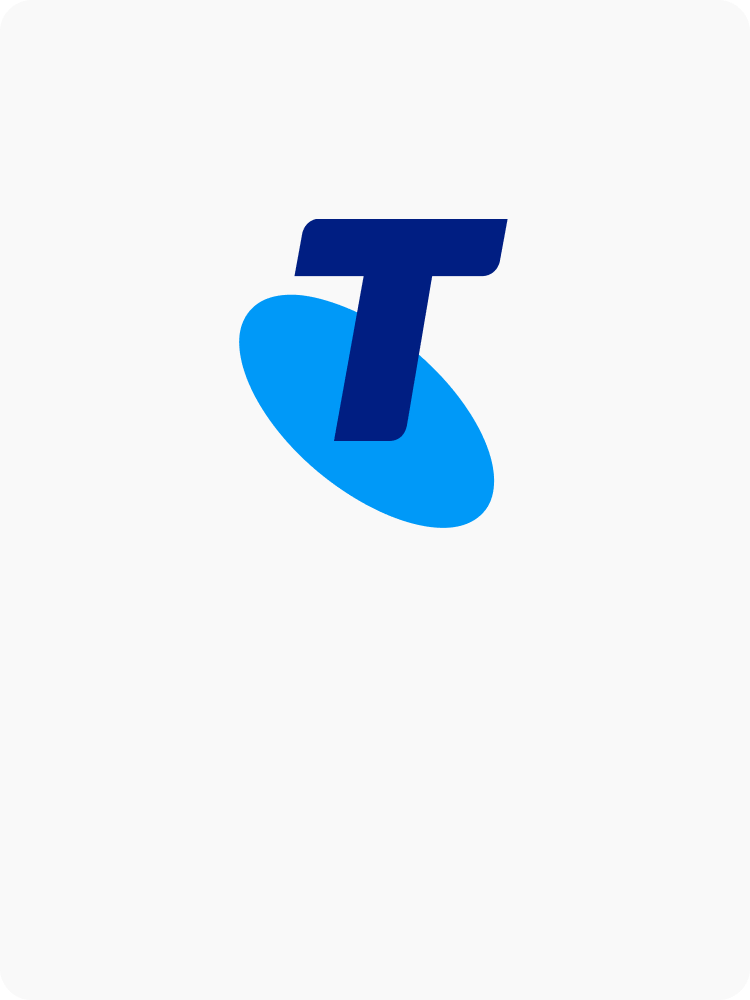Zero Product Origination
Rebuilding CommSec's Onboarding
CommSec, the brokerage arm of Commonwealth Bank of Australia (CBA), leads the Australian online trading market with over 2.6 million clients. Its platforms enable trading in Australian and international markets. As Lead UI/UX Designer, I am spearheading an evidence-based redesign of the onboarding process to address regulatory compliance, reduce user friction, and align with CBA Group standards. This strategic project, which takes years to fully implement and is not yet completed, aims to deliver a KYC-first flow that slashes steps from 15 to as few as 1 for verified users, lowers drop-offs, and reduces long-term maintenance costs—ultimately driving faster conversions and policy alignment.
CommSec's origination model (onboarding) hadn't been updated since 2015, missing advances in technology, user expectations, and regulations. This led to non-compliance with AML Chapter 79, which requires identity verification before product origination. Users could start product setup before KYC, exposing the company to risks.
Problem Statement:
The opportunity?
I started with data-driven discovery to validate problems and uncover user needs. Sources included Adobe Analytics for drop-off rates, Tableau for acquisition statistics, and customer service complaints, customer interviews, surveys, stakeholder interviews, and UX heuristic reviews.
With insights in hand, I facilitated ideation workshops using FigJam for sketching and brainstorming, with all stakeholders including product, risk, and CommSec technology teams. We also explored alternatives like full ID unification (scoped out initially) and tested flow reorderings.
The redesigned flow verifies identity upfront, aligning with AML regulations. We split the monolith into three domains—Customer, Product, Entity—with seamless handoffs. New customers are delegated to CBA's services, consuming verified identities via tokens.
For existing CBA users (~80% majority), we introduced a fast-path: One-step product acquisition via bundling, reducing steps dramatically. Top drop-offs were tackled by merging IDs, using plain-language terms, consistent errors, WCAG-compliant screens, and resumable progress.
Implementation includes step-level telemetry for ongoing metrics. The new journey in the CommSec app starts with login, moves to IDV if needed (via CBA), then profile setup, product bundling, agreements—facilitating on-demand investments.
Overview of the new customer's journey within the CommSec app, facilitating customer onboarding by CBA and the product bundling model.
Projected impacts include:
Compliance risks eliminated by gating products behind verified identity.
Steps for ID-verified users reduced to one, enabling one-step acquisitions—completion rates projected up 10-20% (based on prototypes).
Projected CommSec customers drop-offs at sign-in down 35% via ID merging.
Maintenance costs lowered 40% through domain separation and Group service reuse.
Change velocity increased: Scoped modules to allow 2x faster updates without regressions.
This project reinforced designing for compliance invisibly—making it the critical path without burdening users. Prioritising the majority (leveraging Group KYC) yields quick wins. Untangling domains turns a risky rewrite into incremental successes.
Other Projects

Tap, Trade, & TrackCommSec

Transfer SharesCommSec

AI Stock ScreenerCommSec

Modern AgencyDDB Group Australia

Empowering EmployeesTelstra
It is what we think we know already that often prevents us from learning.
–– Claude Bernard ––